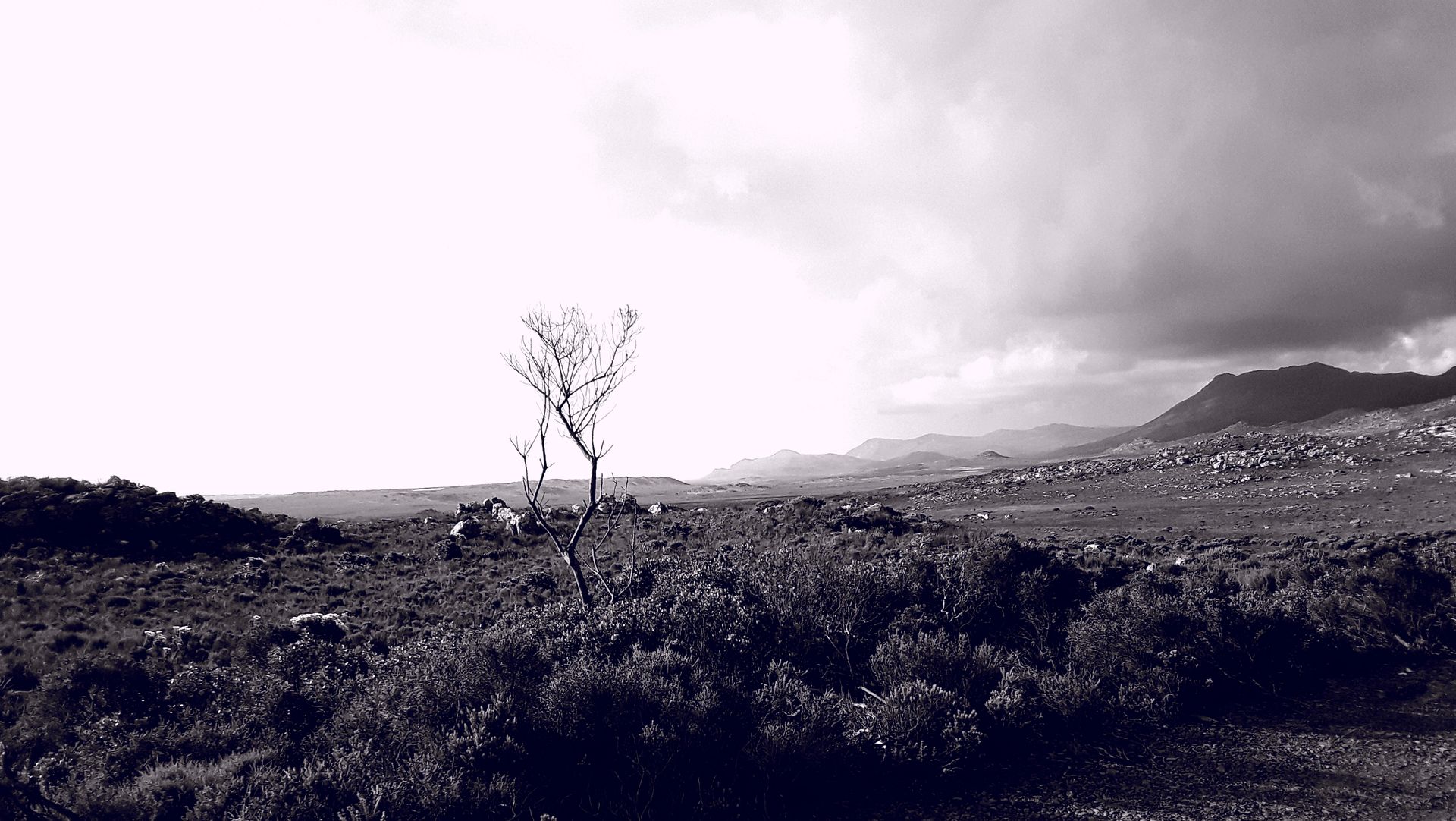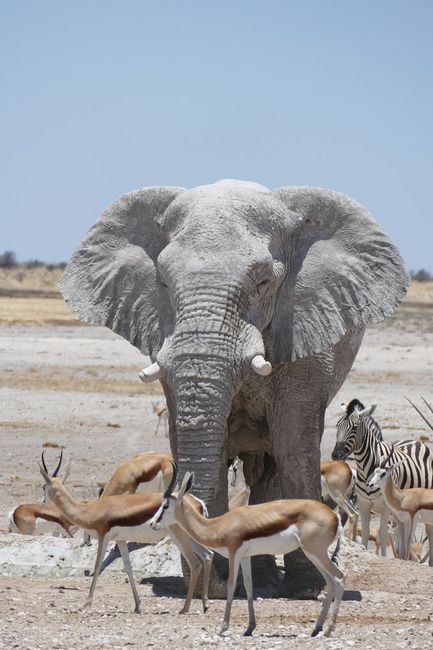
mit-dem-dubs-zu-neuen-ufern
vakantio.de/mit-dem-dubs-zu-neuen-ufern
Atemlos durch den Tag
Diterbitkeun: 11.05.2018
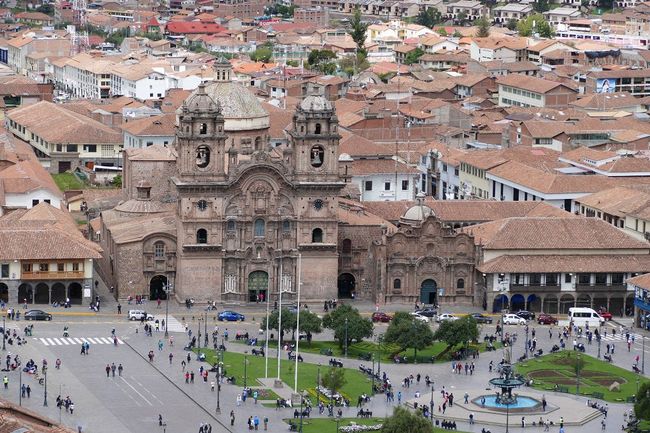
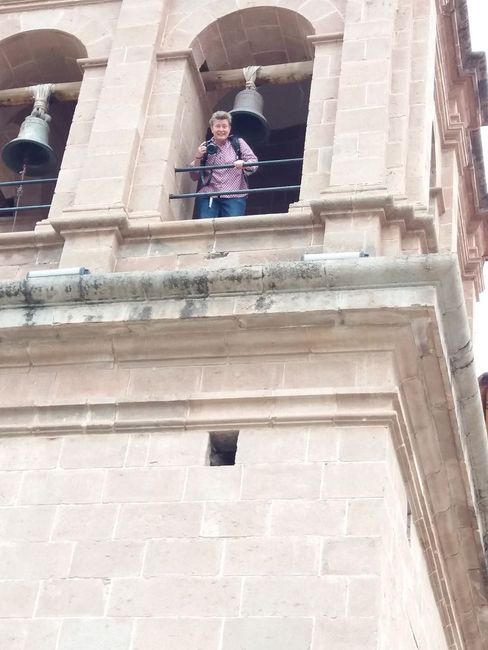
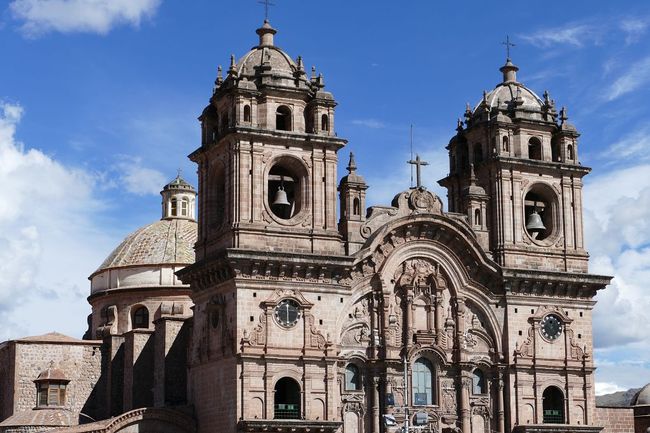
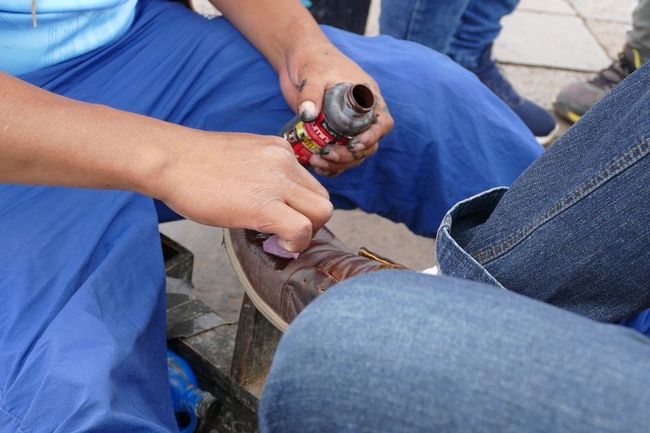
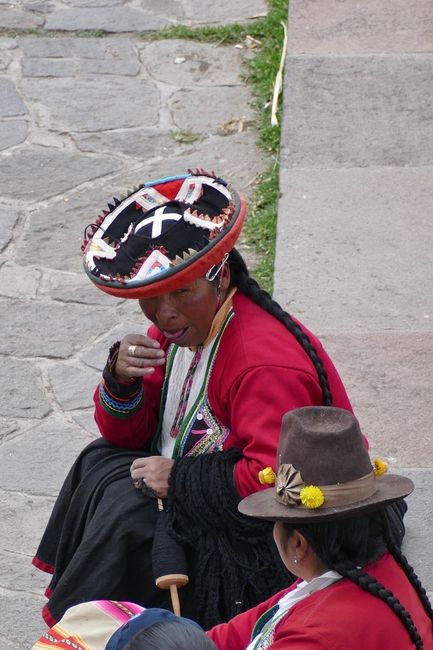
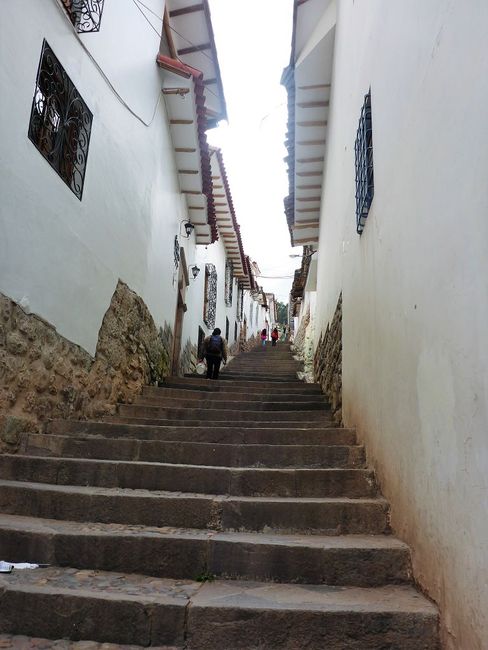
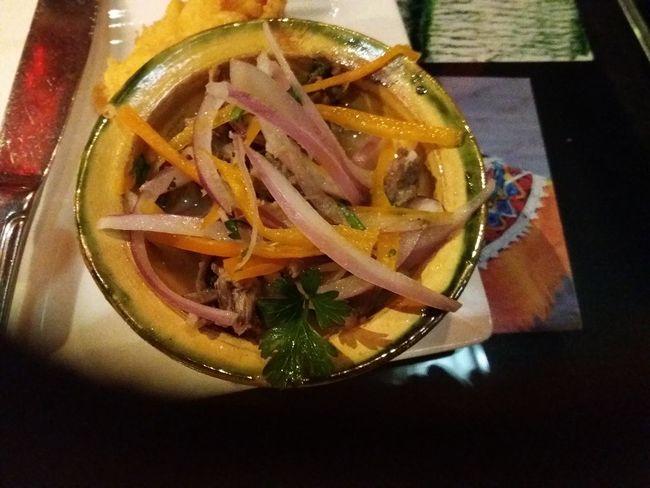
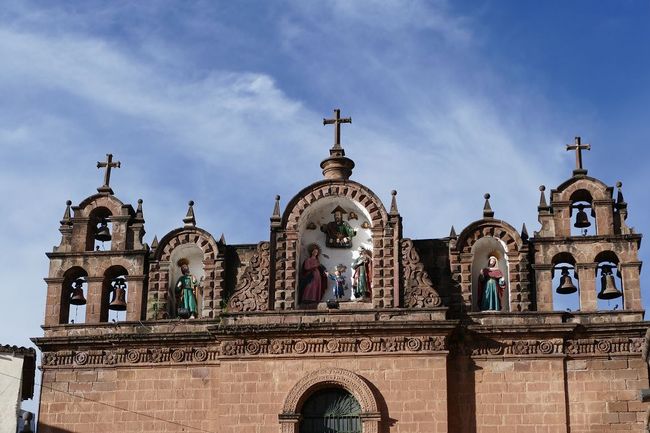
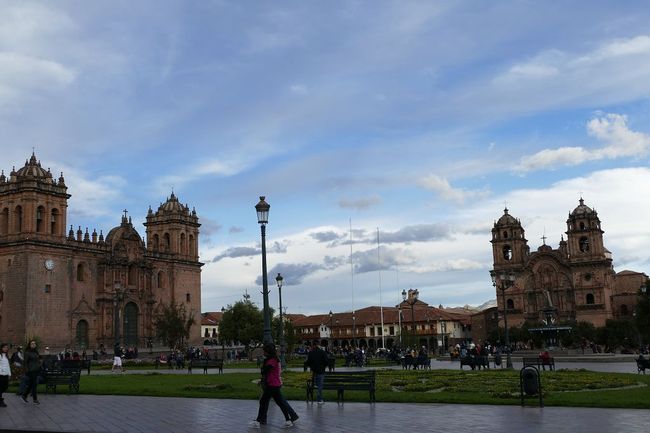
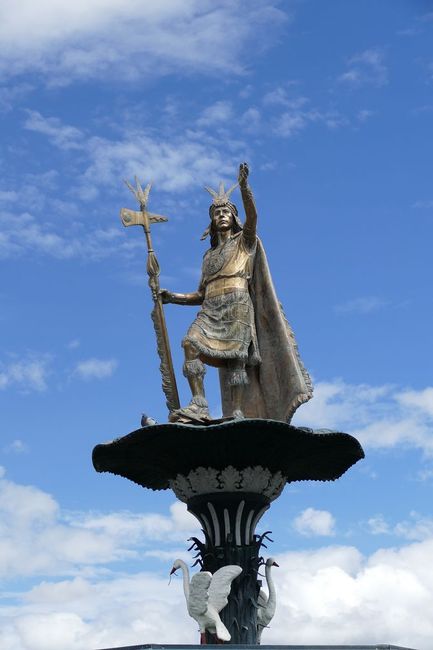
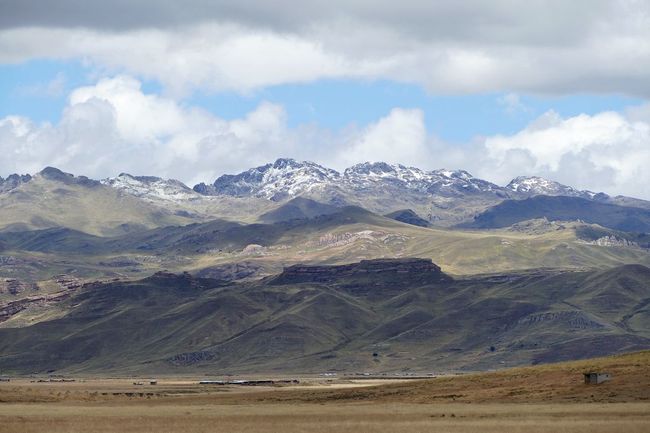
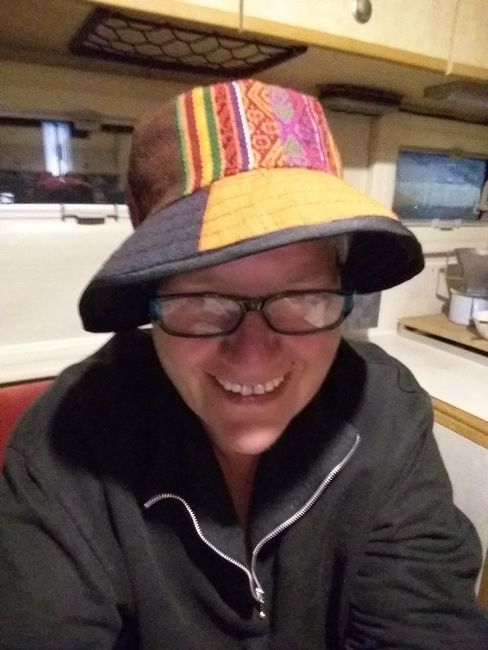
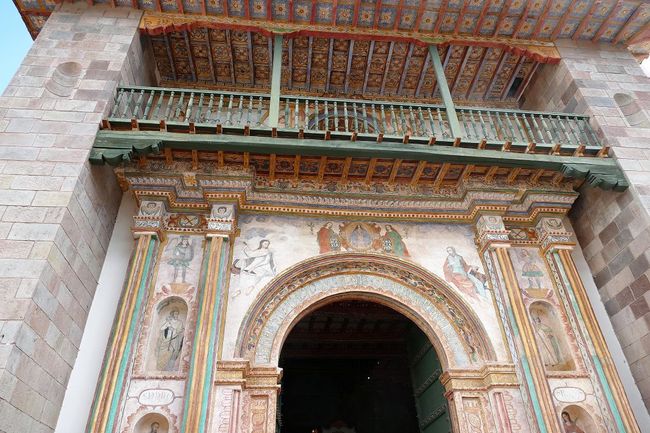
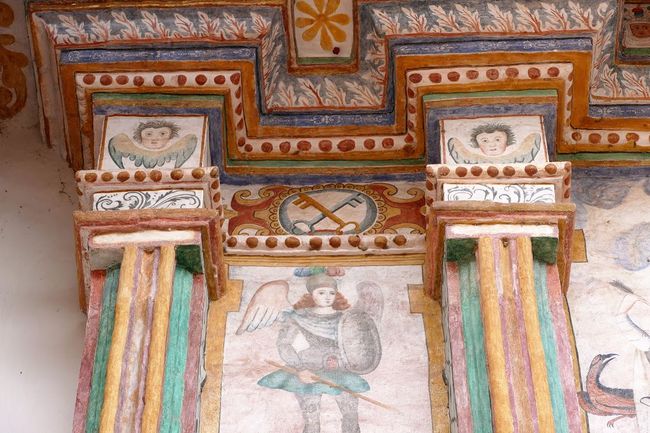
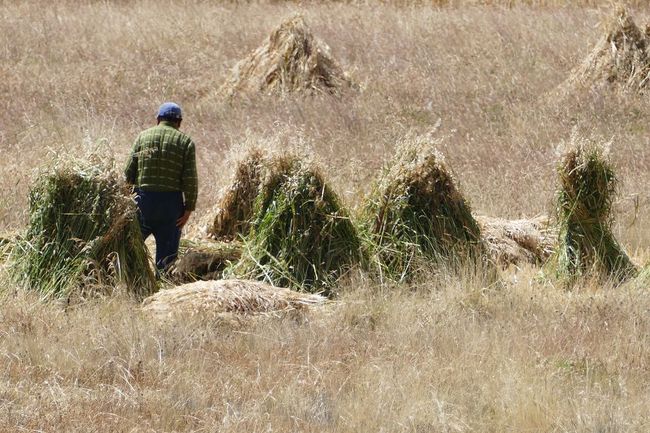
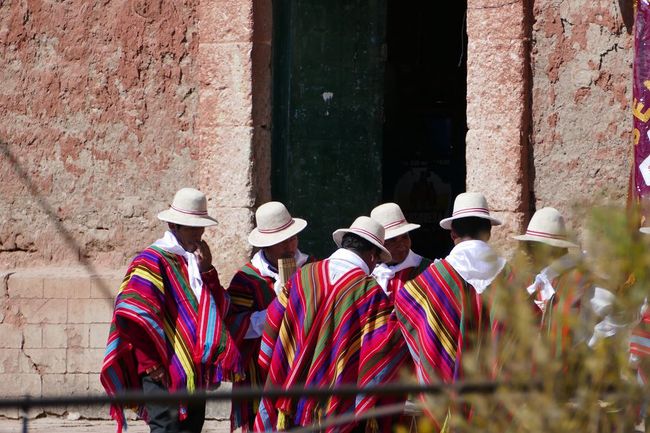
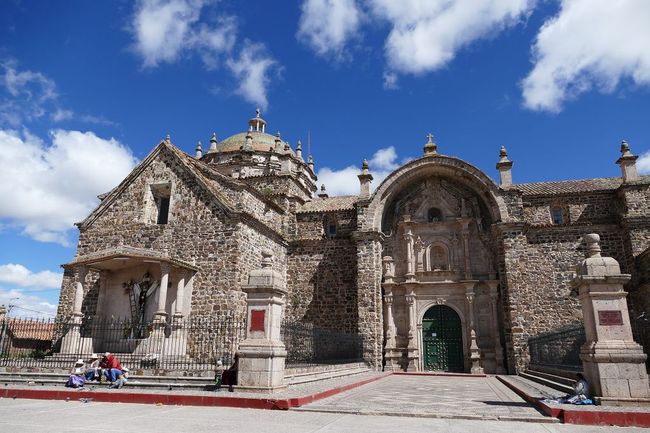
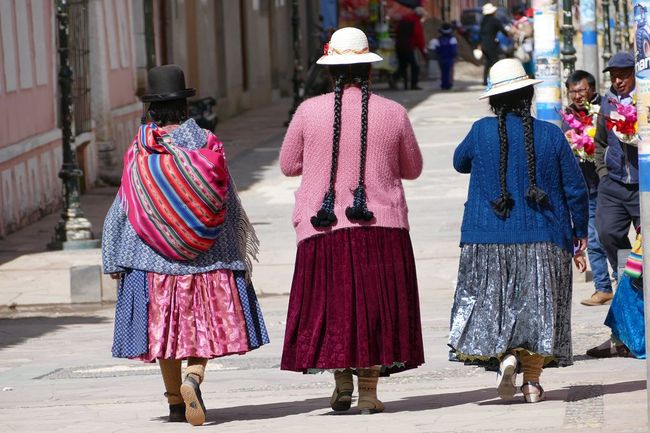
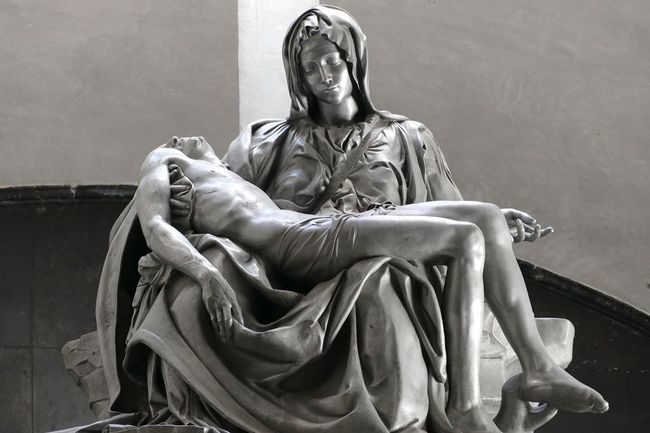
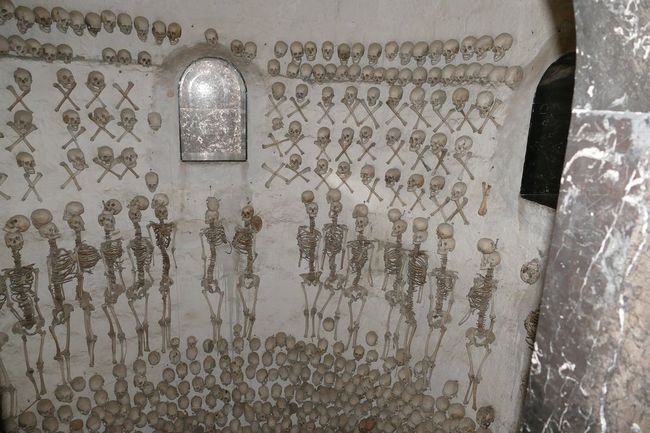
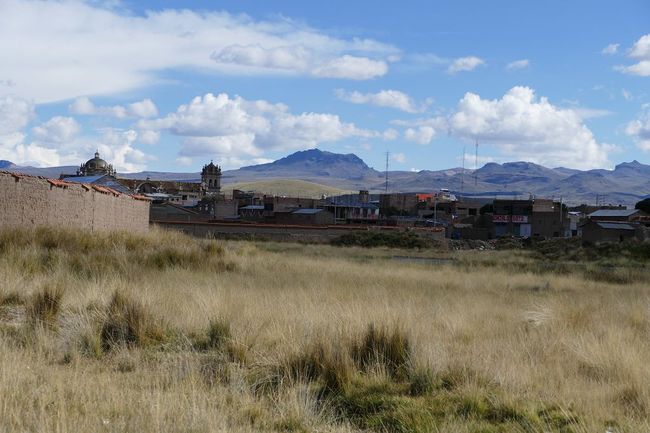
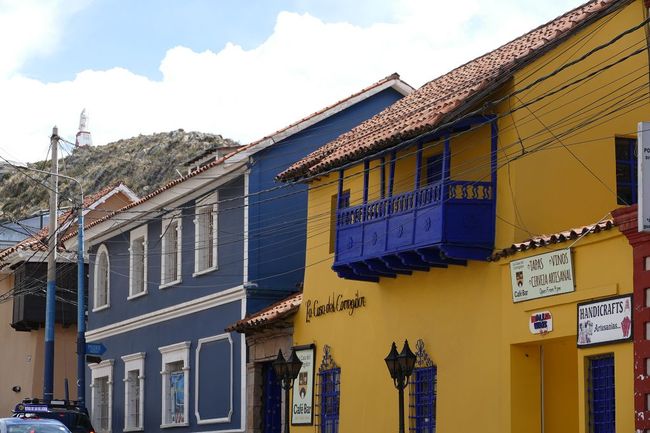
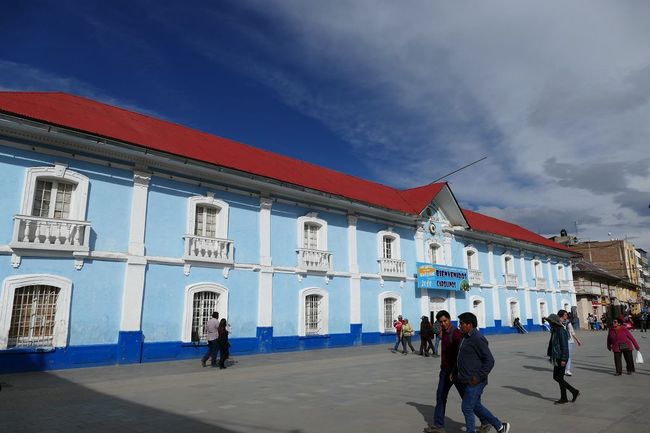
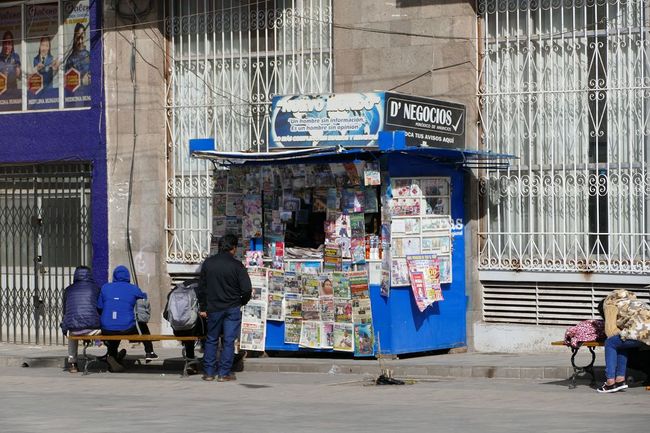
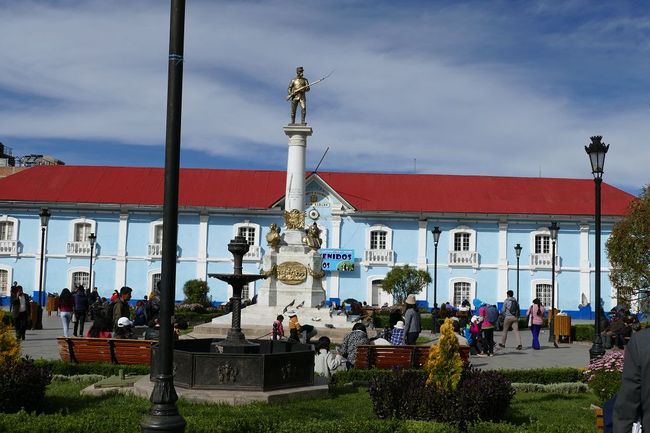
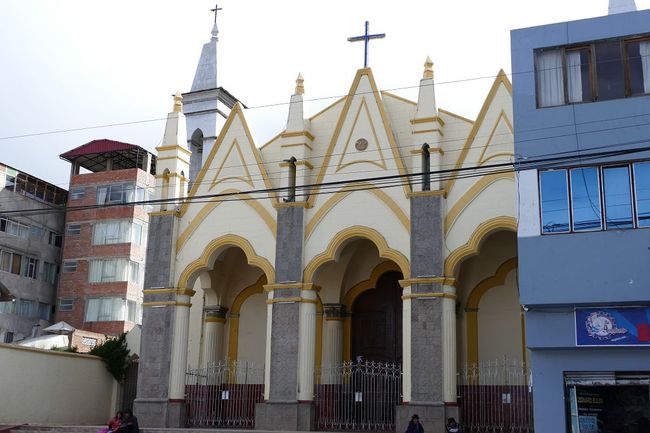
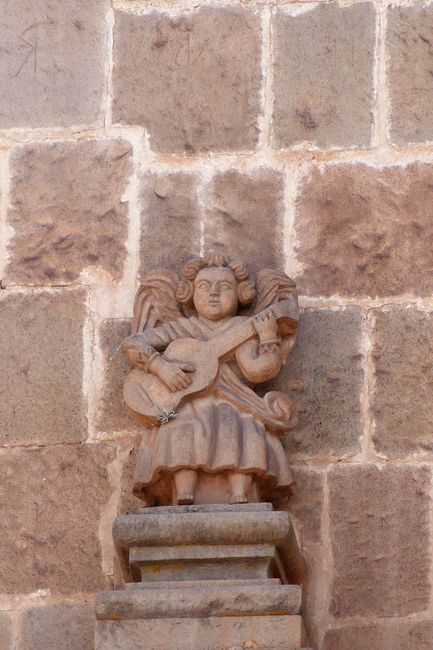
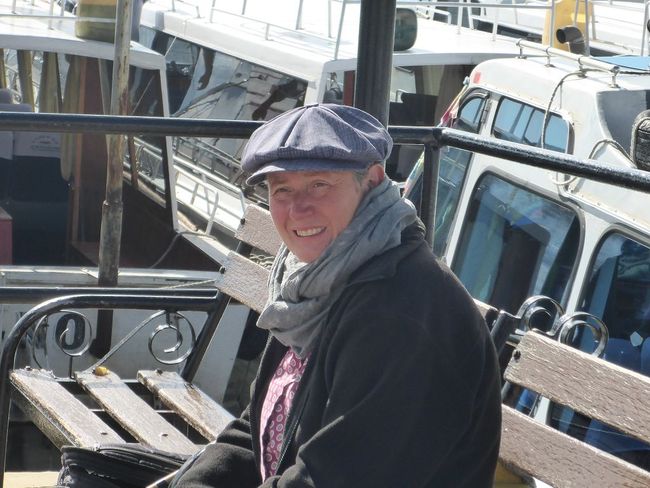
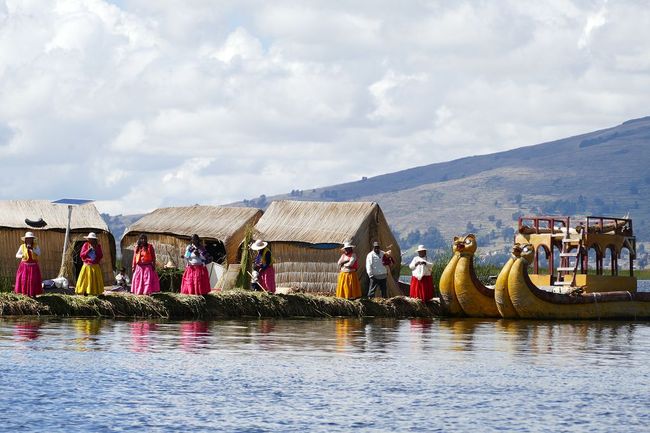
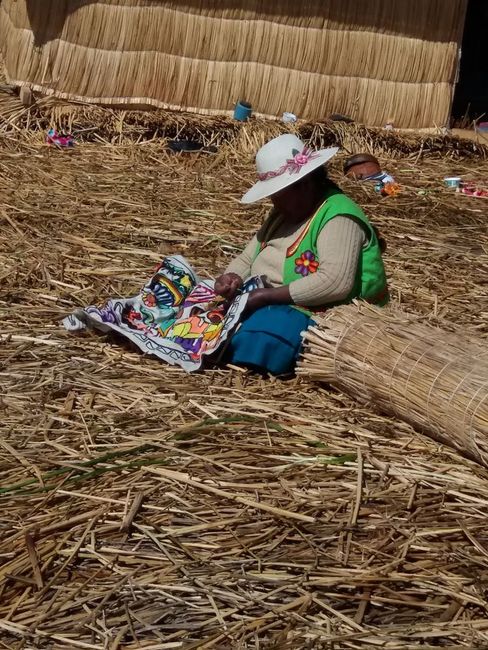
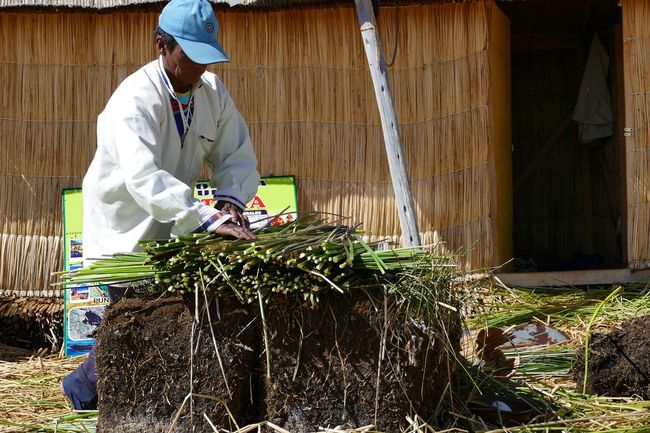
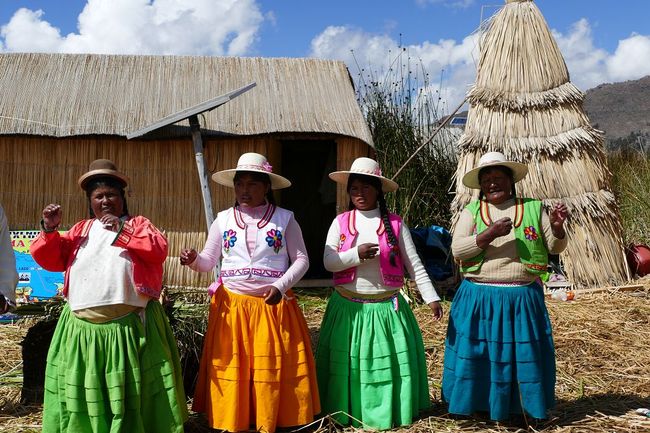
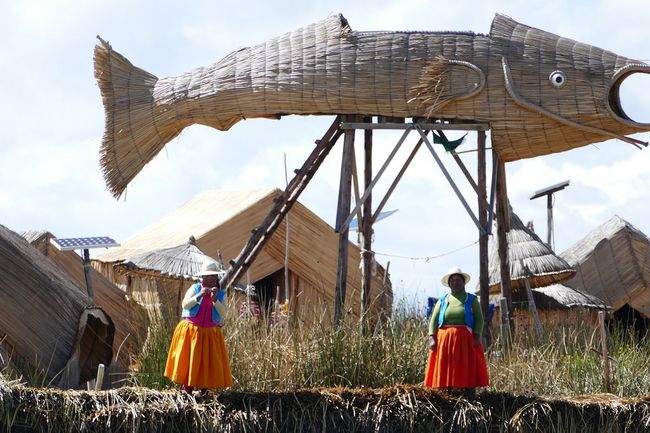
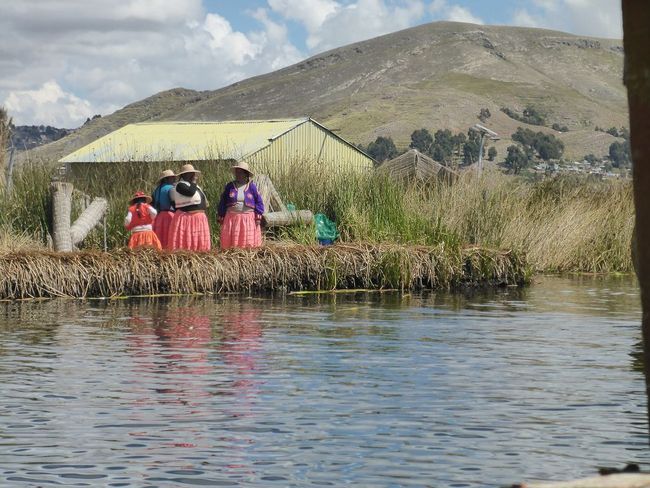
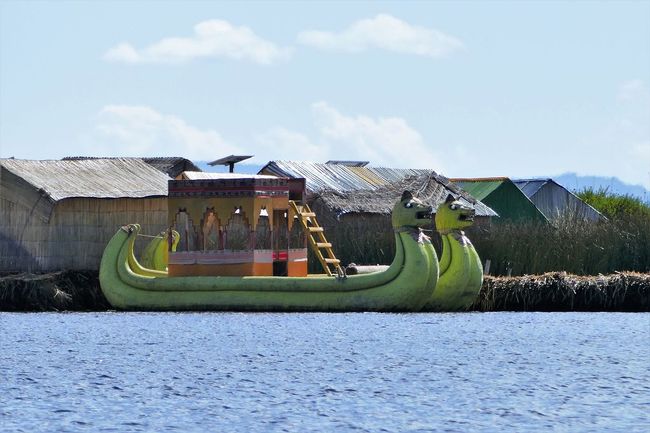
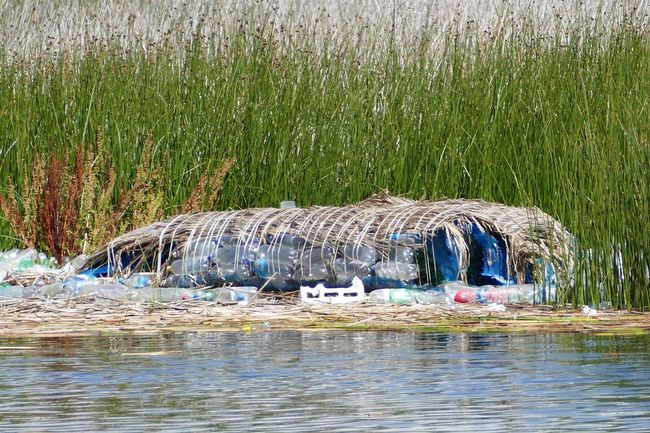
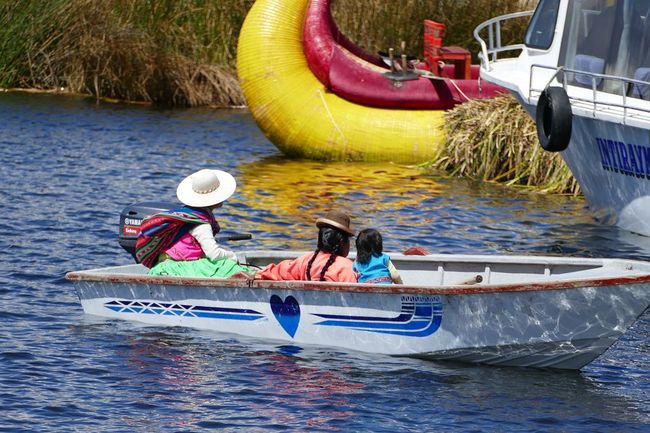
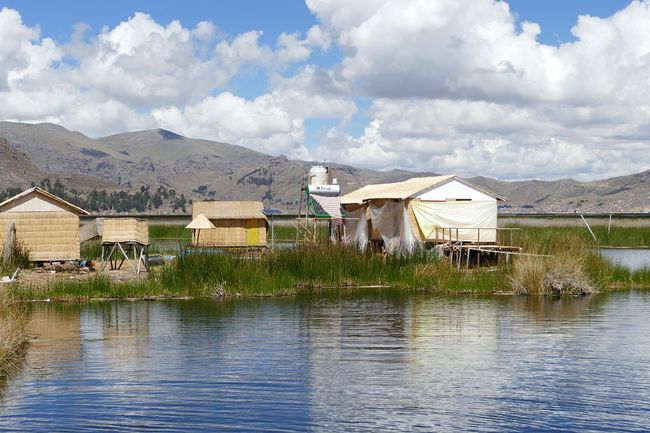
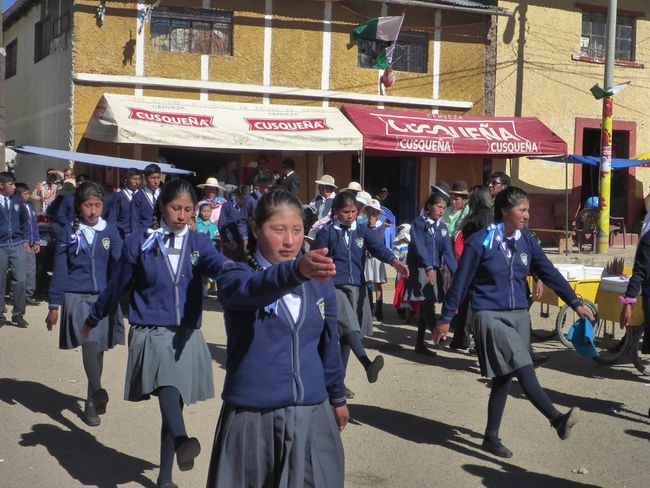
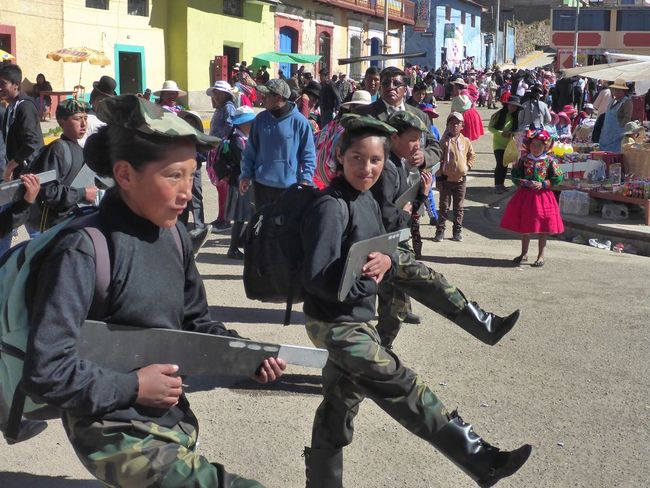
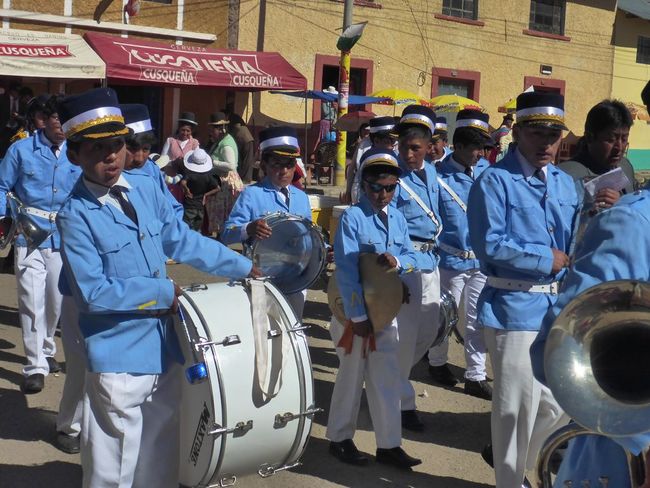
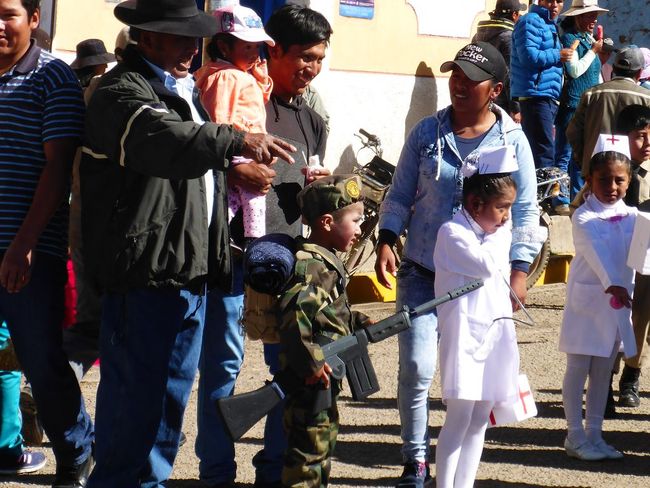
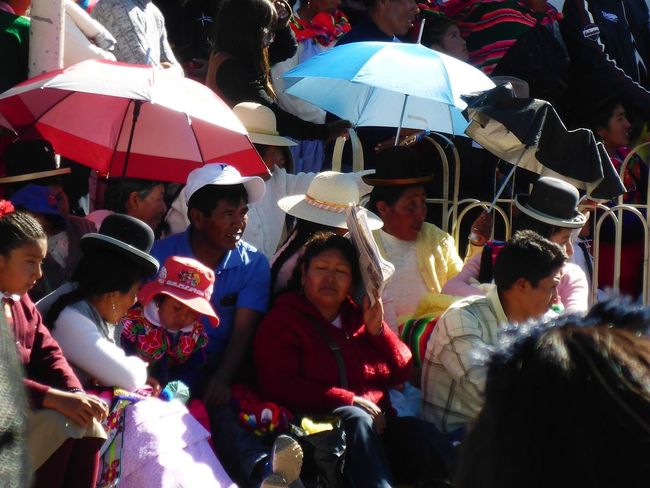
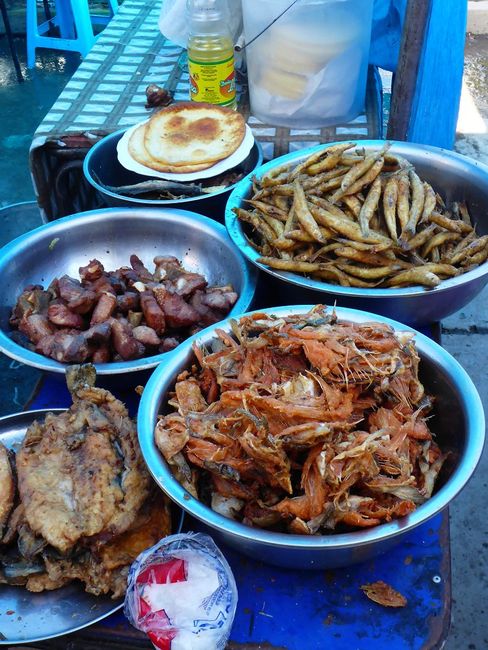
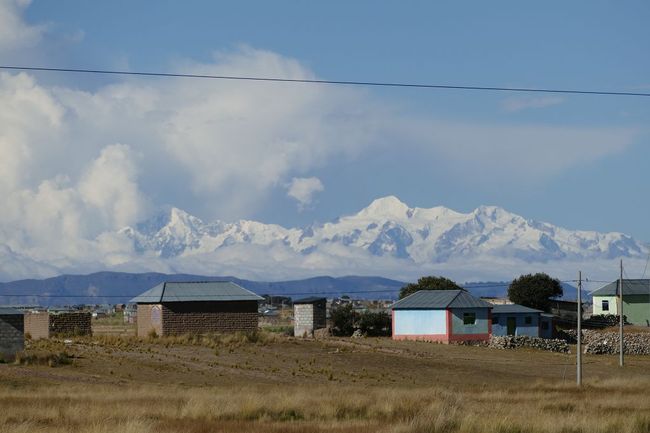
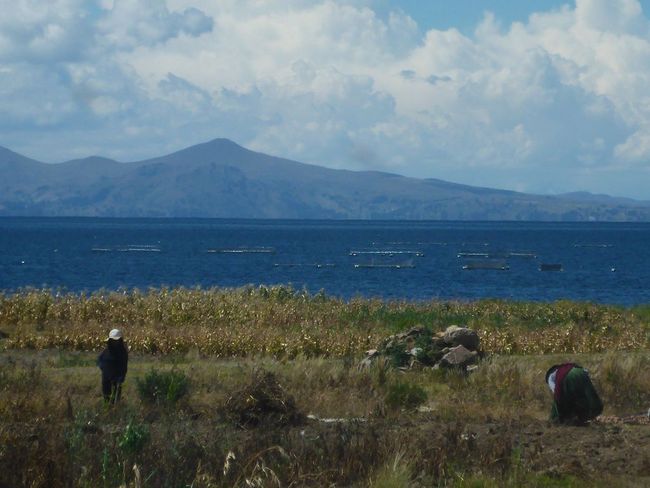
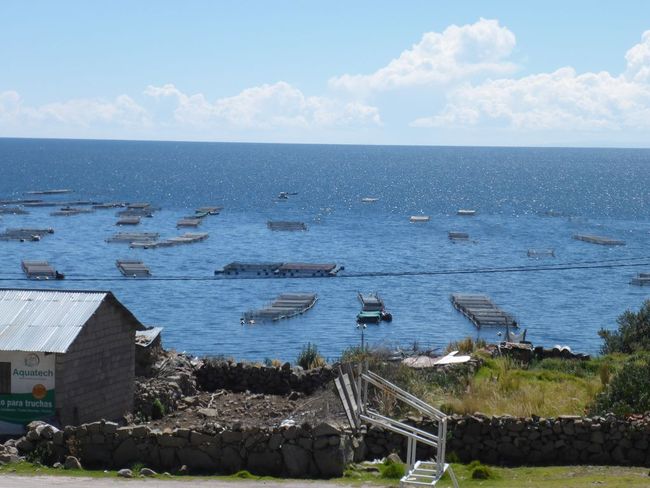
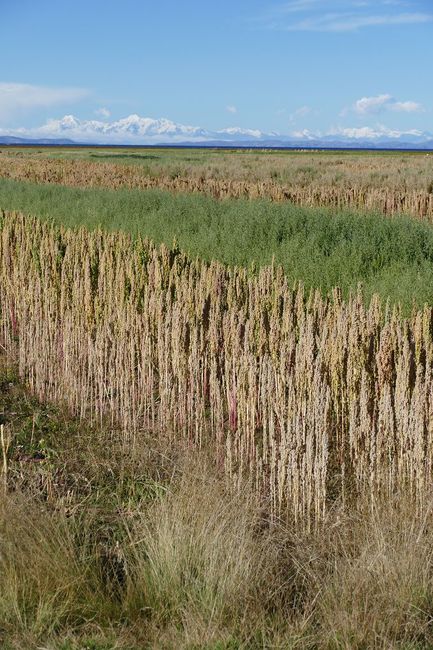
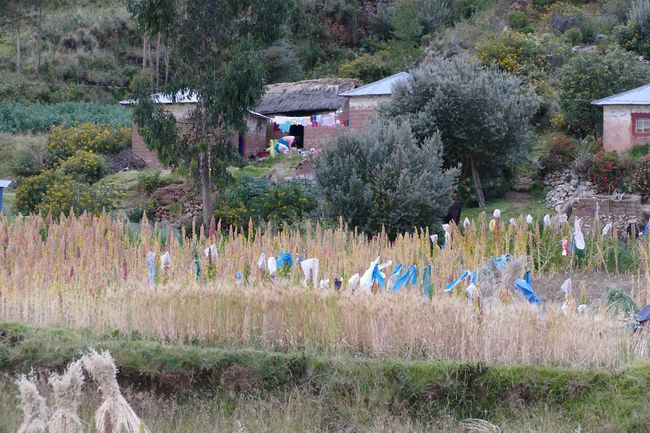
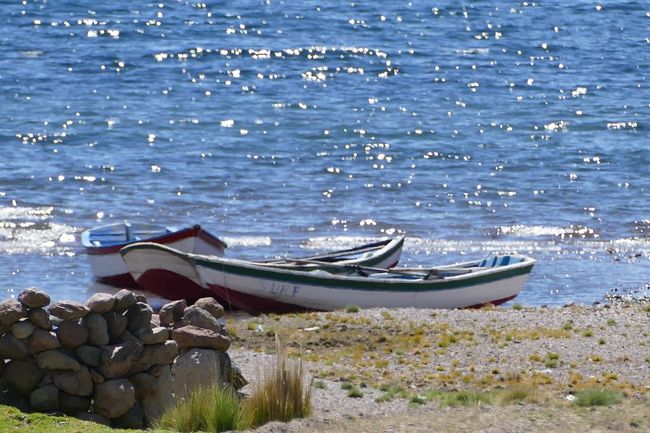
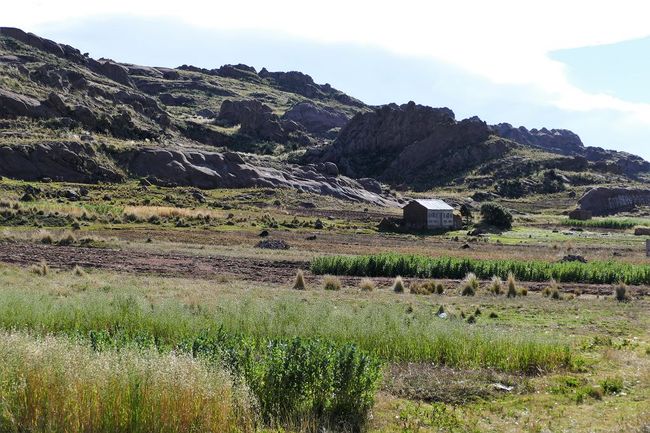
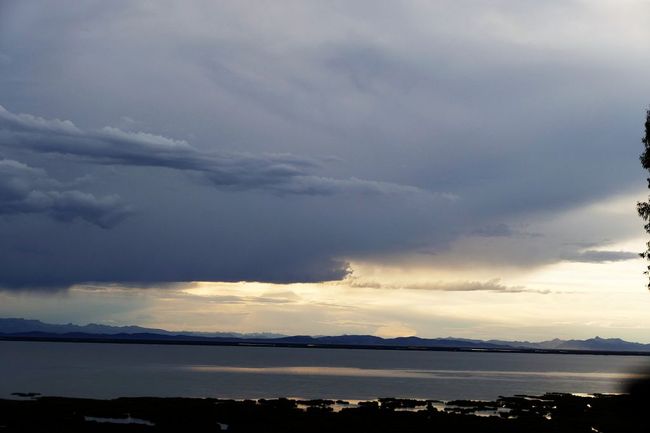
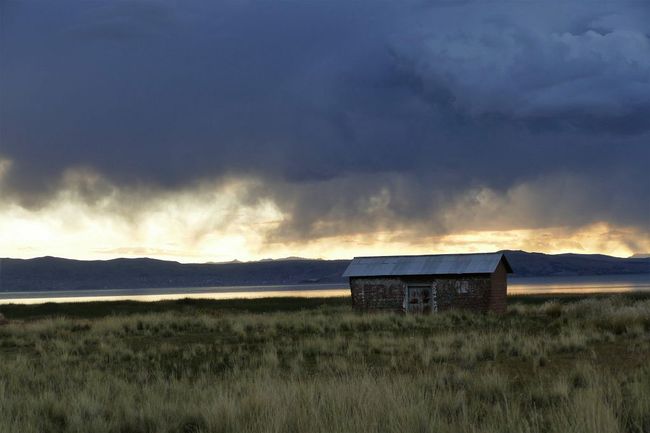
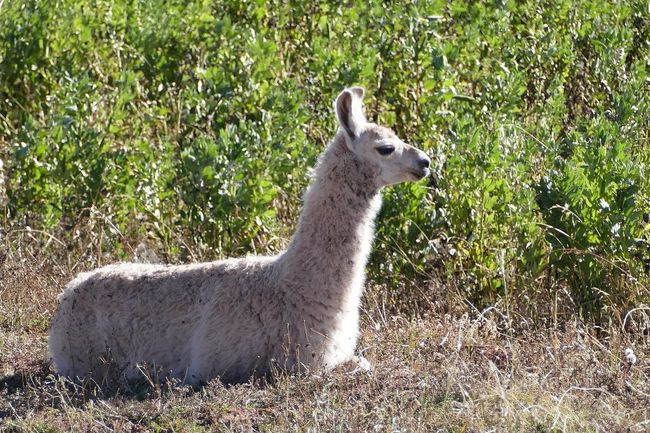
Ngalanggan Newsletter
Our next destination is Cusco, or Q'osqo in Quechua, which means the navel of the world. It was the former capital of the Inca Empire. When Pizarro captured the city in 1533 after the murder of Inca emperor Atahualpa, there were about 15,000 people living there. The Spaniards destroyed the Inca buildings and used the stones to build churches. They collected the immense gold and silver treasures of the city, melted them down, and used them to decorate the churches and demonstrate their power. In the following years, there were several unsuccessful uprisings by the indigenous people, and over time, Cusco became less important as the activities of the Spaniards focused more on the Pacific coast, where Lima became the new capital. It was not until the rediscovery of Machu Picchu that Cusco emerged from its dormant state, and with the establishment of regular flights in the mid-20th century, the city blossomed once again, this time as a tourist destination. Today, Cusco is considered one of the most beautiful cities in Peru, with its many churches, pre-Columbian and colonial sights.
We find a parking spot at a campground slightly above the city and decide to walk down to the city. On our way, we pass by the Church of San Cristóbal. Since we are interested in culture this time and could use a break, we decide to visit this church on the outskirts of the old town. There is a ticket that grants us access to several churches, so we eagerly grab it. It is strictly forbidden to take photos in all of Peru's churches, so we have no pictures of the baroque splendor or the so-called mestizo baroque. The main altars usually dominate the entire front, intricately carved and completely gilded. To quickly and impressively convince the "heathen" inhabitants, who could not read, of Christianity, images with biblical motifs were highly sought after. The European market quickly exhausted its supply, so local artists were commissioned to copy famous works. Soon, these artists created their own works, and the so-called Cusco School was established. People with distinct indigenous features, as well as traditions and customs of the indigenous population, appeared in these works. Our favorite: the Last Supper with a delicious serving of guinea pig.
The churches of the city are impressive, although the exaggerated splendor combined with the kitschy plastic figures of the Holy Family, the artificial flowers found in every side altar, and the flickering electric candles can be a bit hard to digest for those with a Central European aesthetic sensibility. But the people of Cusco love their churches; they even put traditional Inca caps on the baby Jesus and cross themselves when they pass by the churches.
Cusco has a lot more to offer, and there is much to discover in its romantic steep alleys... if you can keep your nerves. The streets are filled with mostly women who want to sell cheap souvenirs, jewelry, gourds, colorful ribbons, paintings, sweets, and whatever else they have. They do not accept a simple "No, thank you" and aggressively or at least persistently approach you several times per minute. We have never experienced anything like this before, and it ruins the entire visit to the city for us. It is simply exhausting to constantly have to set boundaries, so we limit our stay in this city to two days and eventually continue towards Lake Titicaca.
We make a stop at a supermarket to replenish our supplies before heading to Andahuaylillas. Here, we want to visit a church known as the Sistine Chapel of Peru. In the small and unremarkable village, there is indeed one of the most beautiful churches we have seen so far. But unfortunately, no photos are allowed here either. We enjoy this beautiful place all to ourselves for about half an hour, and then several tour buses arrive on the village square, the previously closed wooden stalls open their shops, and the hustle and bustle begins. We escape and once again appreciate being able to visit many sights individually without relying on tour operators.
To complete the series "Churches in Peru," we still need to visit the church in Lampa, where there is a replica of Michelangelo's Pietà. Why go to Rome and see the original when there is such an impressive copy in the Andes, especially when it is located in a mausoleum filled with skeletons? This time, we are not told at the entrance or with a sign that photography is not allowed, so we can at least take some pictures of this eerie attraction.
After the extensive church tour, Lake Titicaca is next on our list. However, after our experiences in Cusco and the commotion there, we actually doubt whether we should visit this tourist highlight. But since the lake is located on the route to Bolivia, we decide to pass by. So, we drive up to the Altiplano, the vast high plateau at altitudes of up to 4,000 meters. That's 600 meters higher than Cusco, and we are curious to see how we and the Dubs will handle it. We find a parking spot at a hostel 12 km from Puno, the tourist center on the Peruvian side of the lake. And what a surprise: Puno is an unspectacular, lively, and ordinary small town with one or two beautiful squares where we sit for a long time and observe the life around us. It's not our scientific interest in the city's population but rather the sheer breathlessness that keeps us on the park benches. We don't really suffer from altitude sickness, but shortness of breath, slight dizziness, and fatigue are constant companions now.
After a relaxed day in the city, we decide to venture on the tourist highlight of visiting the floating reed islands. Here, the Uros people have been living on the lake for hundreds of years. We are taken to an allegedly authentic island on an old catamaran together with about 15 other tourists. What follows is just embarrassing. On the island, there are a handful of tiny reed huts and just as many women and some children. We are told how the reed islands are built and that the families live here. Then, we are invited by the women to "their homes," which are tiny huts with absolutely no signs of life except for a colorful blanket on the floor. No one definitely lives here. But as if by magic, stalls suddenly appear in front of each hut selling colorful souvenirs, and out of gratitude for the "hospitality," they expect you to buy something. A couple from Romania patronizingly distributes cheap sweets to the "poor people," and then we are all pushed onto a "traditional" boat (with plastic bottles for buoyancy). The women sing "Vamos a la playa" and dance, and we consider swimming back to the port. In the distance, we see large huts with corrugated iron roofs, tanks, power generators, satellite dishes, and motorboats on one of the few actually inhabited islands. We would have much preferred an informative open-air museum - all that's left is an unpleasant feeling and still little knowledge about the past, present, and future of this unique people.
After this experience, we are no longer interested in further organized excursions. We spend another day exploring the Peruvian lakeshore on our own before preparing for our journey to Bolivia.
All in all, we really liked Peru, even though traveling with the camper there is much more challenging than in Argentina or Chile. The lack of infrastructure is one thing, but the completely chaotic and anarchic driving behavior of Peruvian drivers is another. When planning our route through Peru, we completely disregarded the altitudes and had to acclimatize multiple times as a result. We also completely underestimated what traveling at such high altitudes entails, but fortunately, we did not experience altitude sickness, and the Dubs handled it wonderfully. Unlike many others, we had no problem with gas combustion even at the highest altitudes, so we always had heating - which is not insignificant when temperatures drop below freezing at night - and the refrigerator worked. Only our lighters didn't work as well, but fortunately, we had matches with us.
What compensated for the hardships were the encounters with many friendly and warm-hearted people, the fascinating cities - especially Arequipa, the experience of Machu Picchu, as well as the many gems along the way, discovering a foreign and delicious cuisine, the colorful and vibrant markets, and at least observing the culture of the indigenous population, which is still unfamiliar to us.
We skipped the Peruvian jungle completely. So we have to come back again and are already looking forward to it.
Ngalanggan Newsletter
Waleran (4)
Christa
Hallo Ihr Lieben, ihr produziert ein super interessantes "Reisebuch". Wirklich Respekt. Aber es lohnt sich, besonders für Euch selbst, wenn ihr irgendwann all Eure Eindrücke und Erlebnisse hier in Old-Germany "nachbearbeitet". Dann habe ihr einen Leitfaden, der die Erinnerungen ordnet. Ich hätte gern etwas zu den Bildern "Aufmarsch der Schulen" gelesen. Vermutlich gab es einen bestimmten Anlass. Ich kann mir nicht vorstellen, dass die Schüler jeden Tag so durch die Stadt marschieren. Aber das kann ich Euch ja fragen, wenn wir uns wiedersehen. Bis dahin - weiterhin gute Fahrt !!!Christa
Da fällt mir noch etwas ein. Es ist schon bedauerlich, dass ich zwar die Liedchen kenne und zum Besten geben kann, ihr aber die Gelegenheit hattet, vor Ort zu prüfen, ob es dann auch stimmt. Welches Lied?
"Die Vögelein, die Vögelein vom Titicacasee,
die heben wenn der Frühling kommt, die Schwänzchen in die Höh.
Ach Mägdelein, ach Mägdelein wenn ich Dich vor mir seh,
wär ich so gern ein Vögelein vom Titicacsee!"Barbara
Hallo. Wir wissen selber nicht, welchen Anlass es für diesen Aufmarsch gegeben hat. Wir kamen in den Ort und gerieten in dieses "Volksfest" bei dem die Kinder im Fokus standen und in diversen Paraden ihre Schule vertraten. Zu dem Lied können wir keine fundierte Aussage machen...wir sahen Vögel mit Schwänzchen hoch und Schwänzchen runter.🤔 Ein anderes Lied können wir anhand von Fotos als Lüge entlarven : Die Kühe in Peru in Peru in den Anden konnten alle landen! 😊ch
Wirklich sehr schön, Euer Blog. Danke für die tollen Bilder und die ausführlichen Beschreibungen. Wir werden dem Blog ab jetzt sicherlich fleißig folgen. Wir wünschen Euch weiterhin eine wunderschöne, mit interessante Eindrücken gespickte Reise. Christina und Norbert